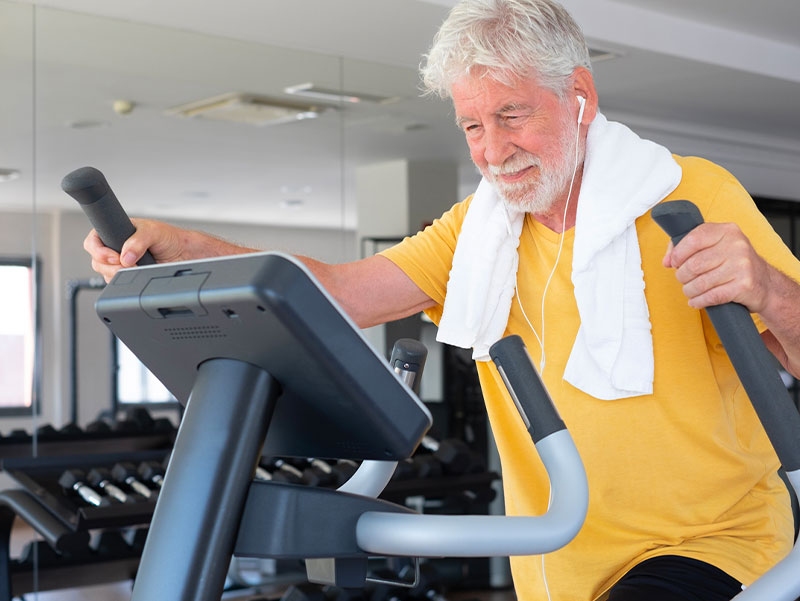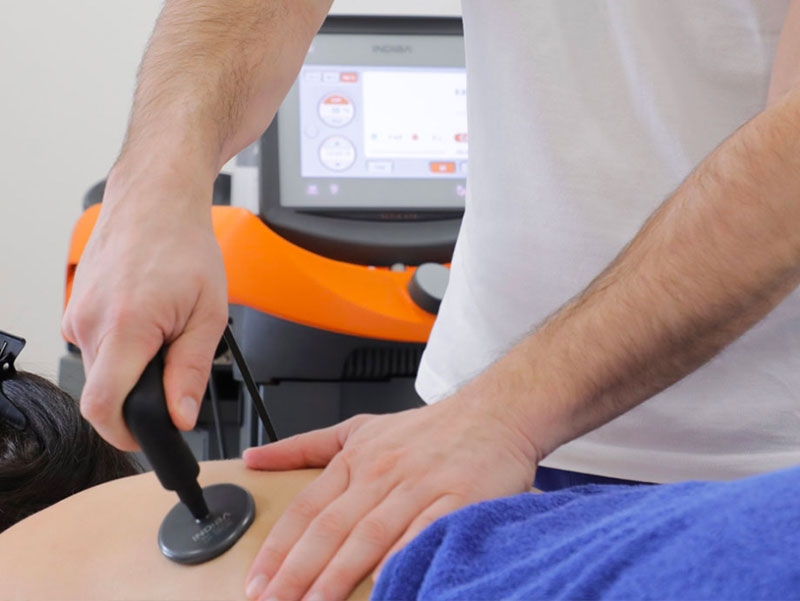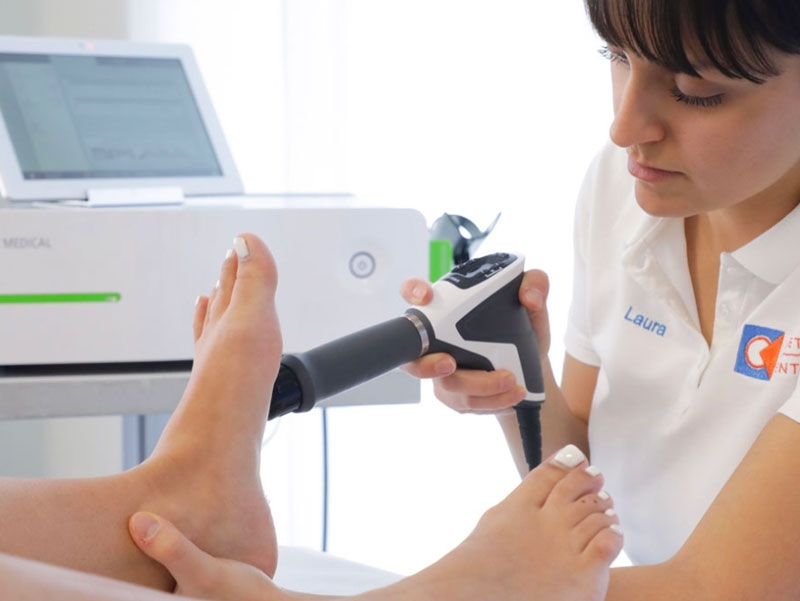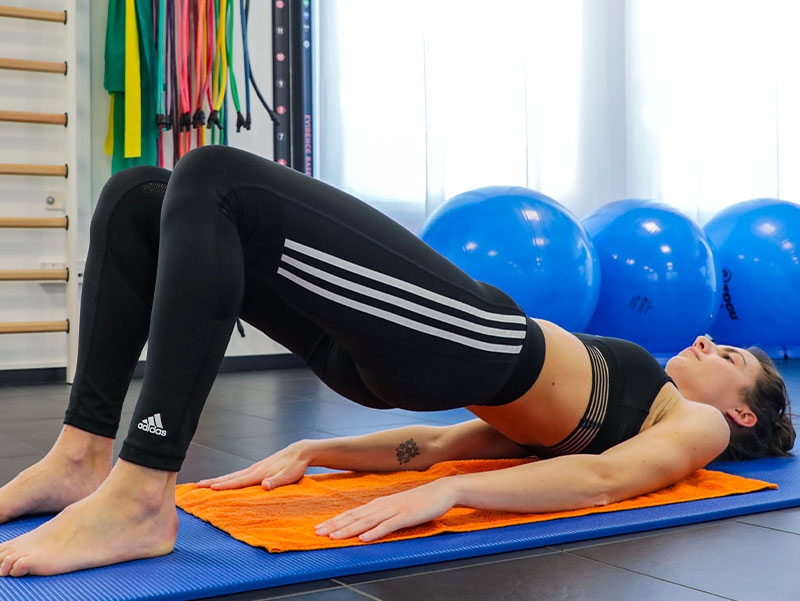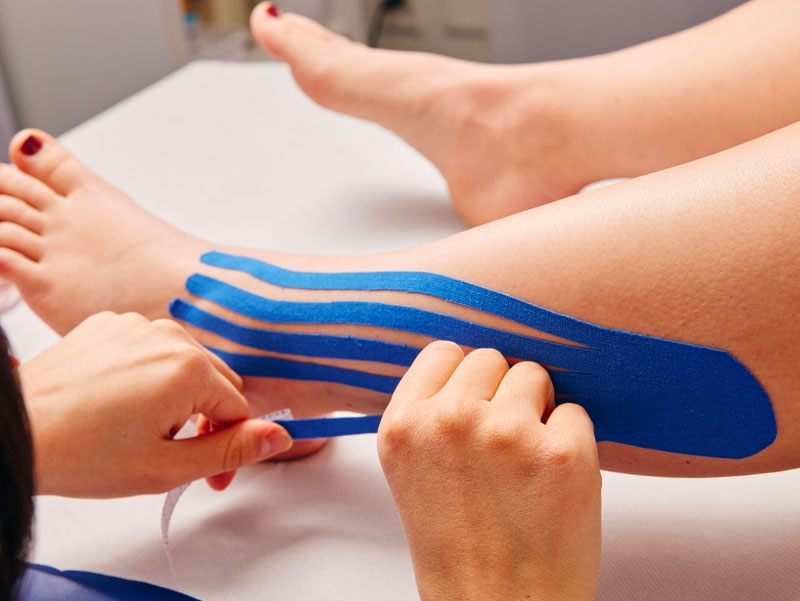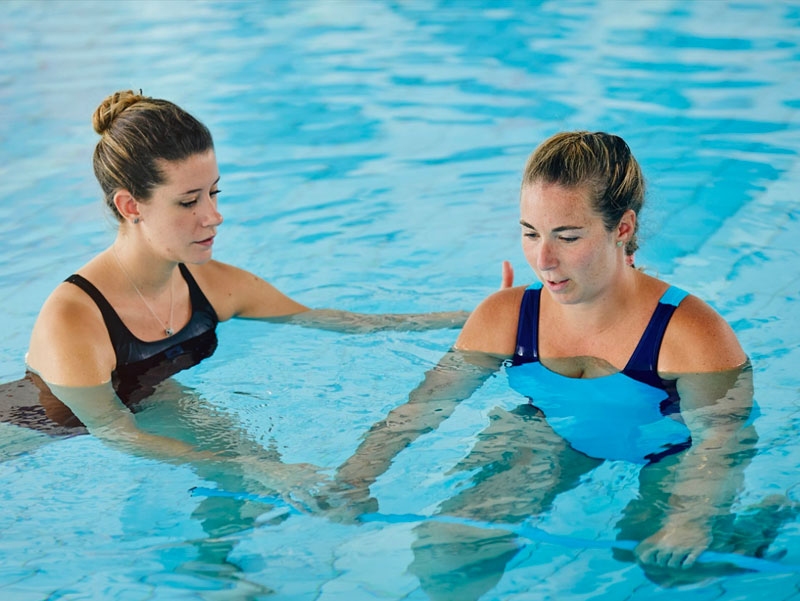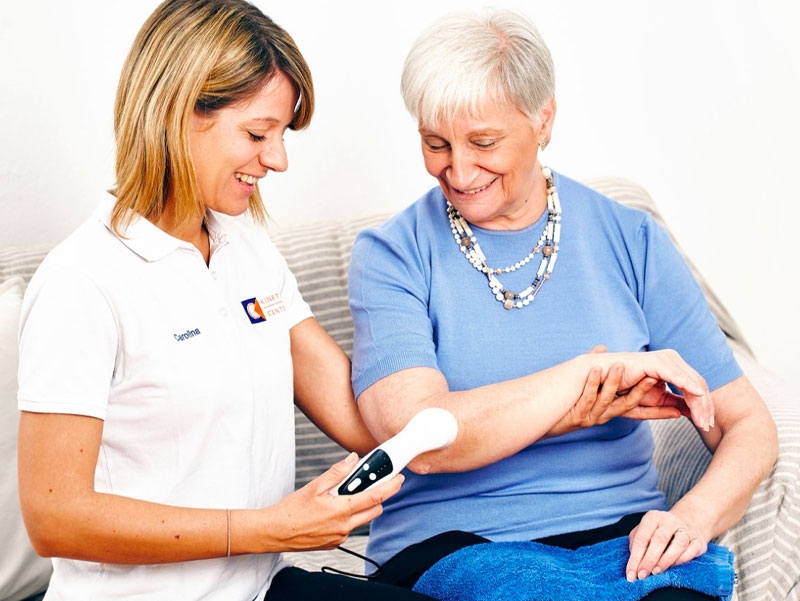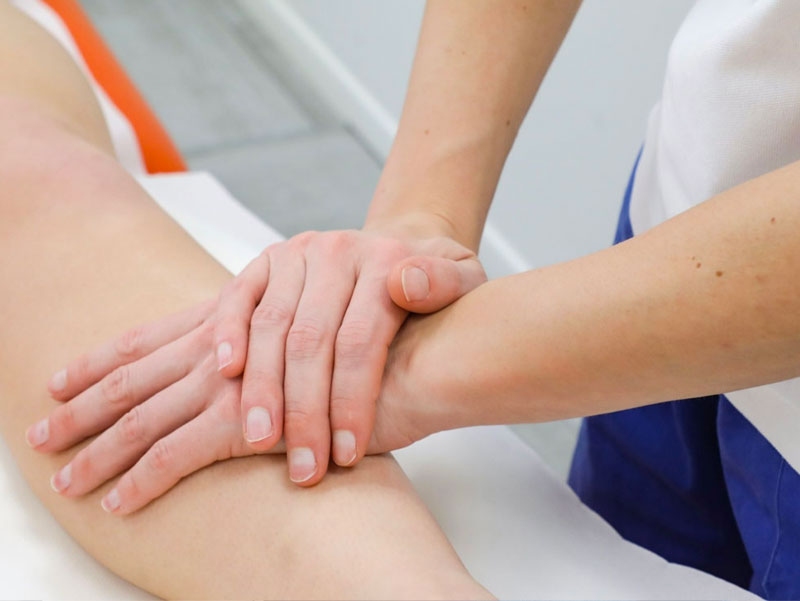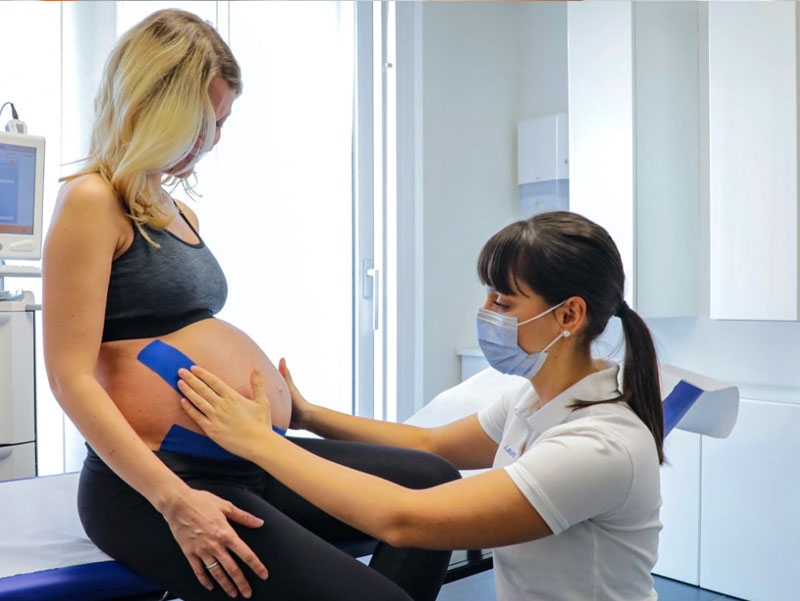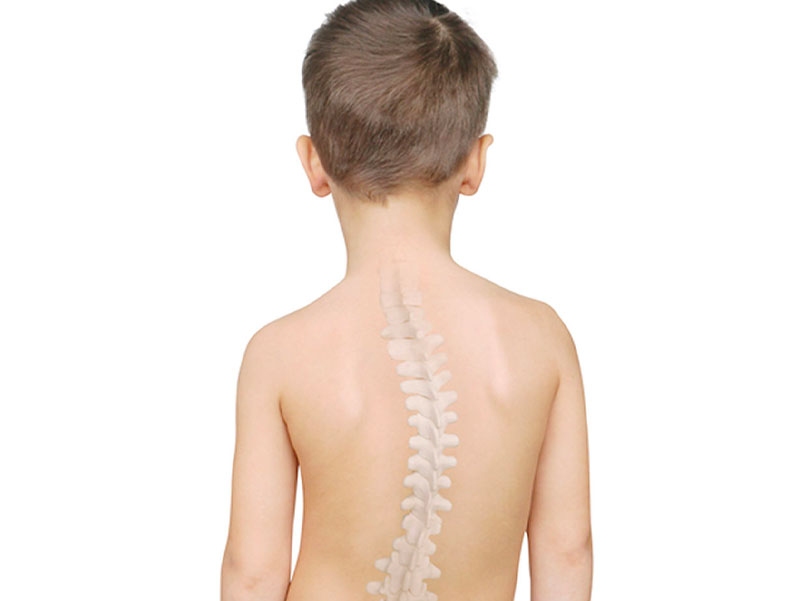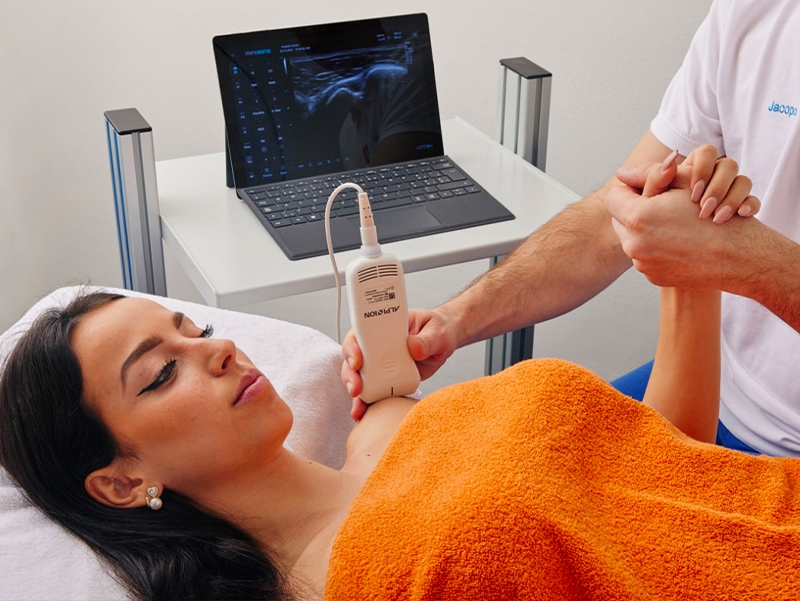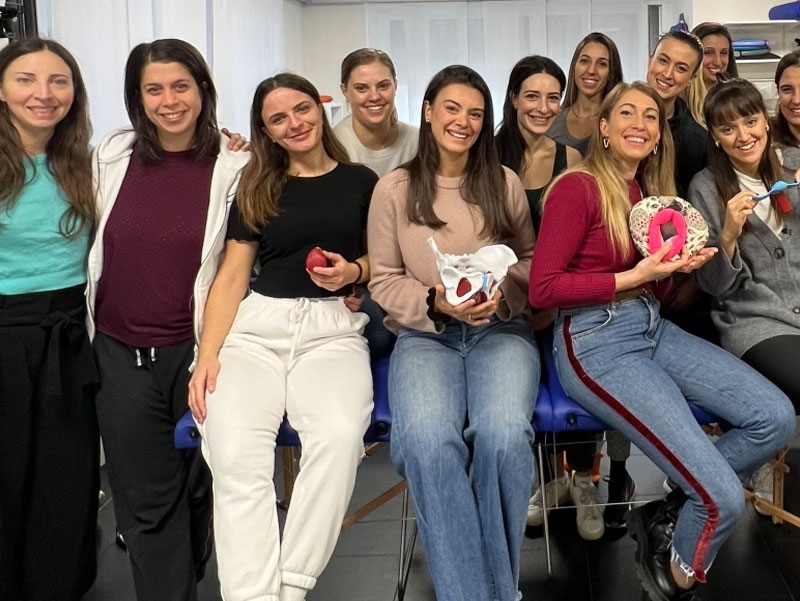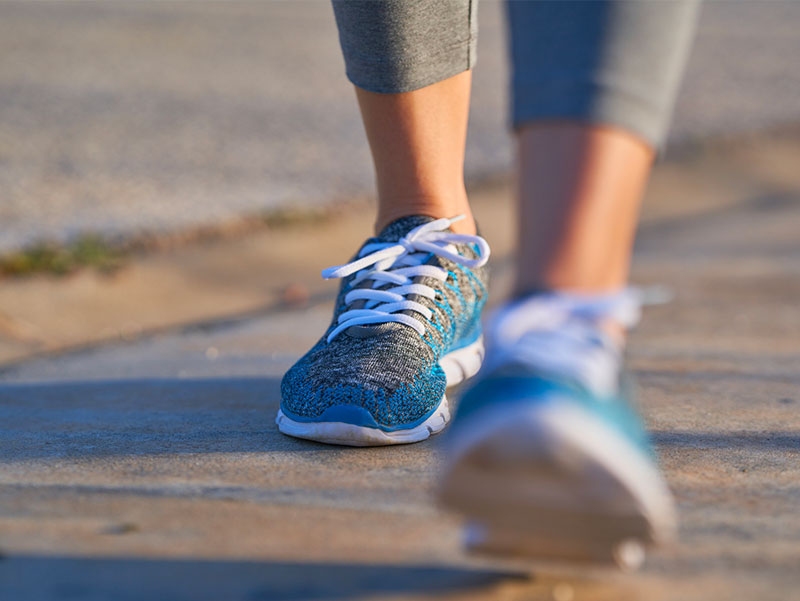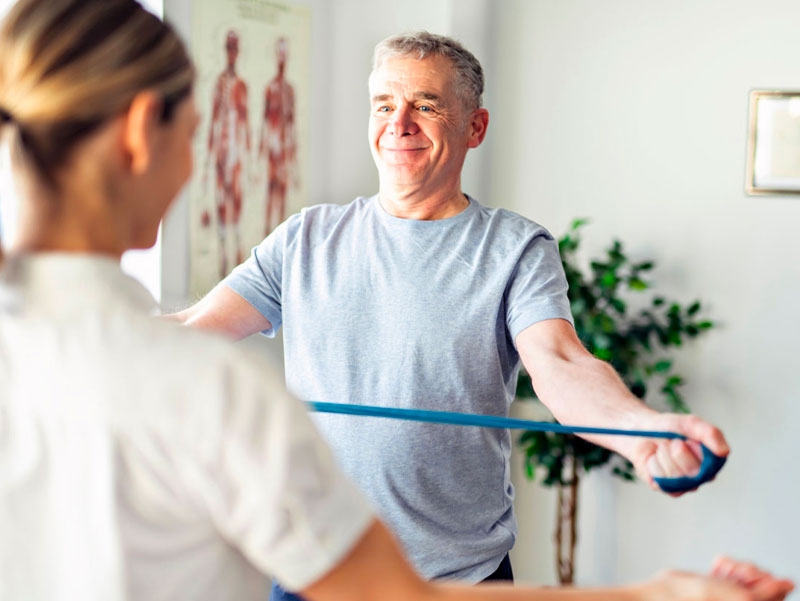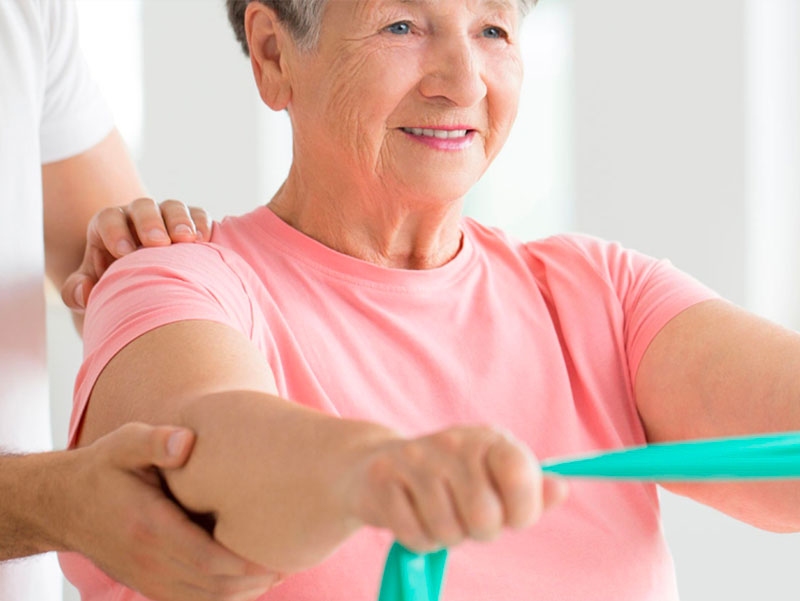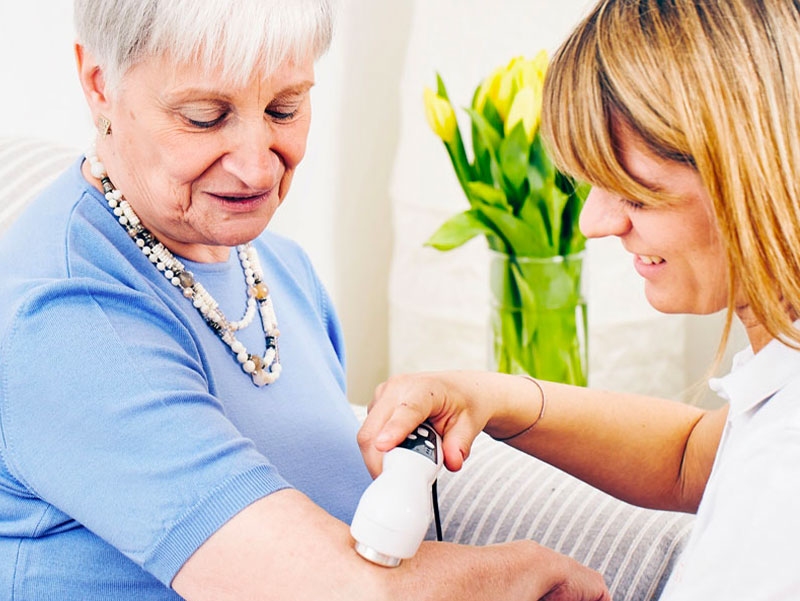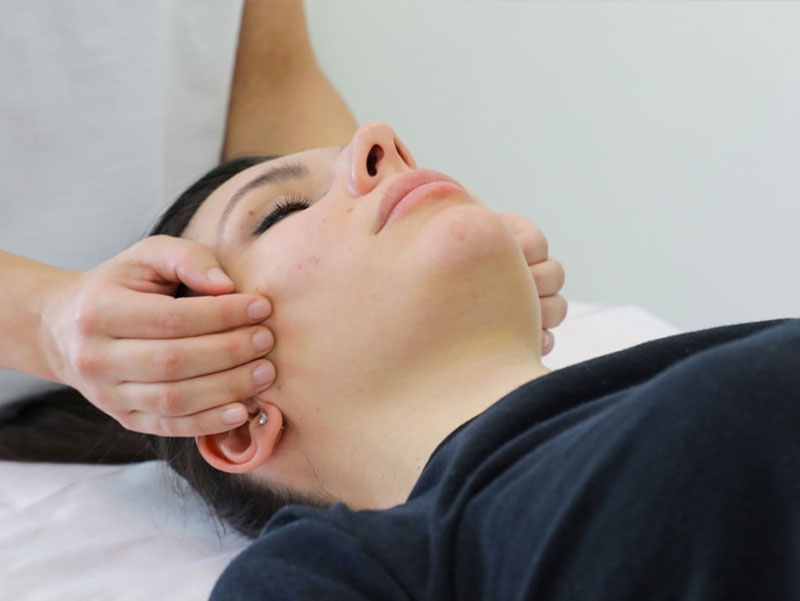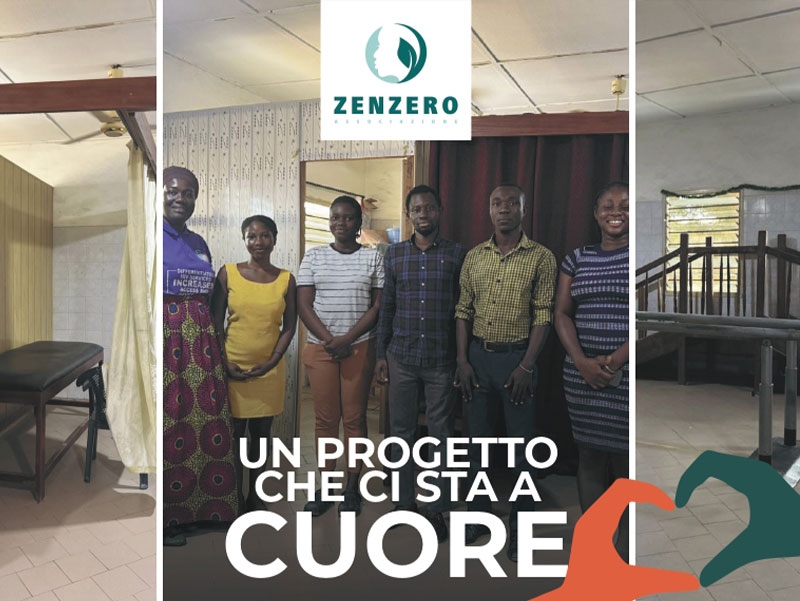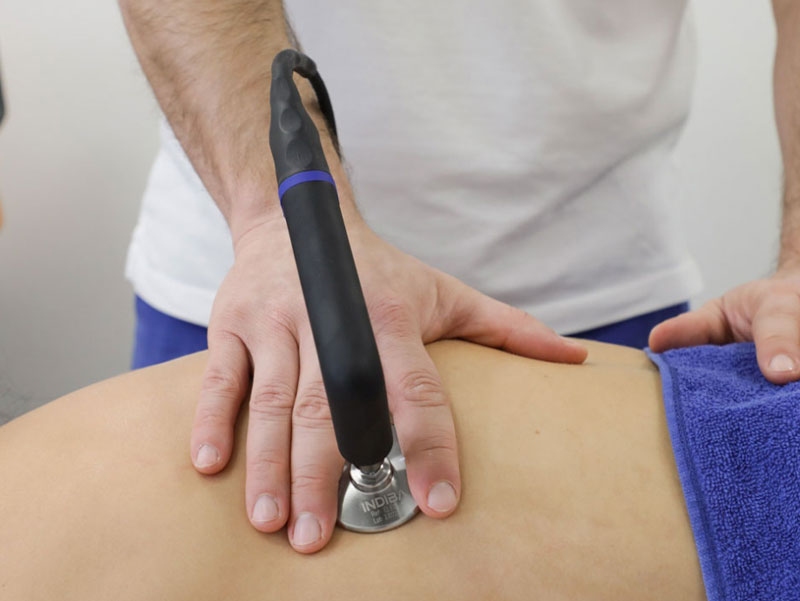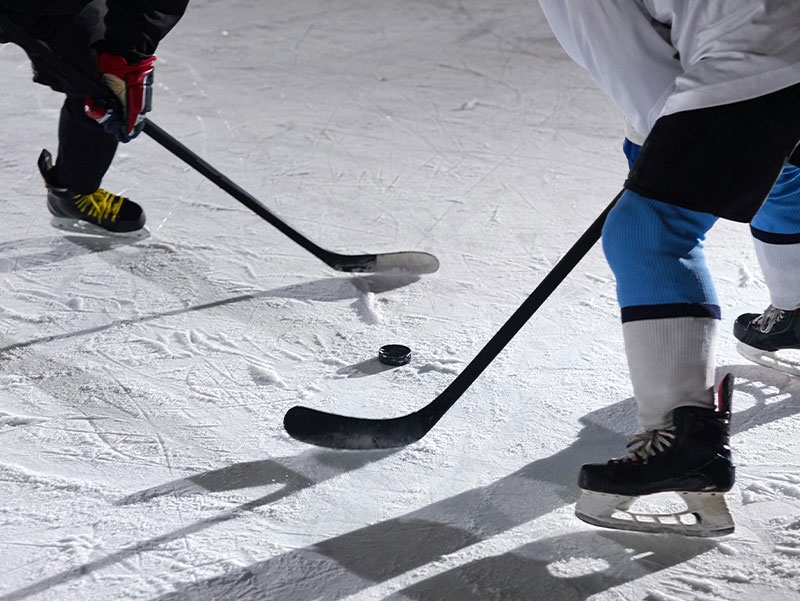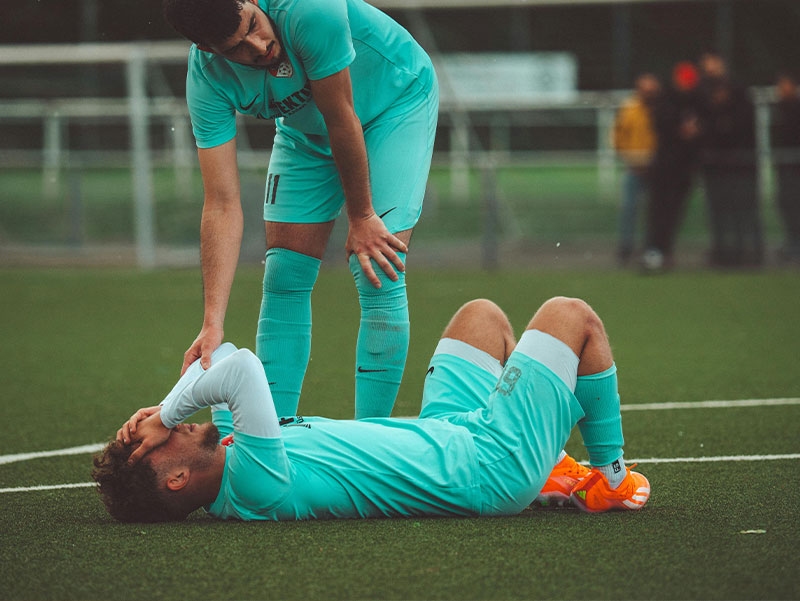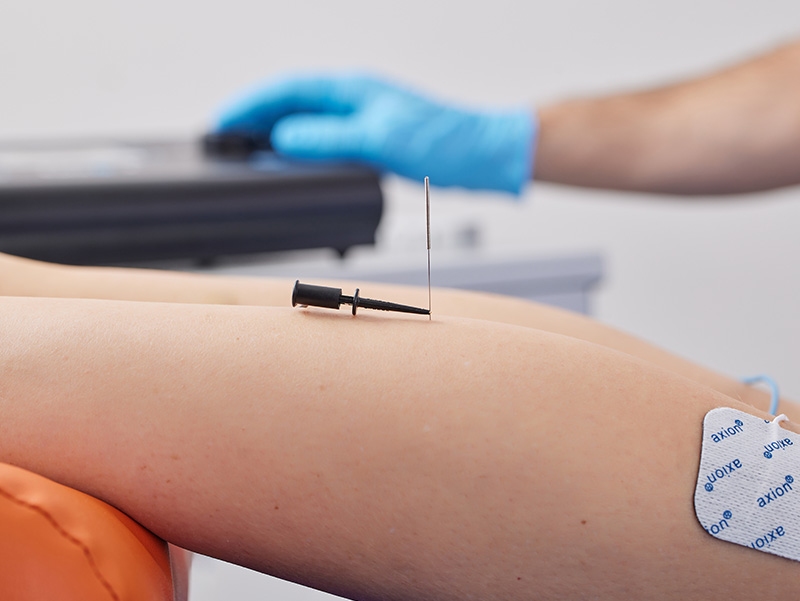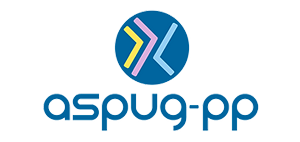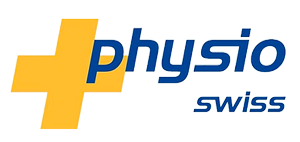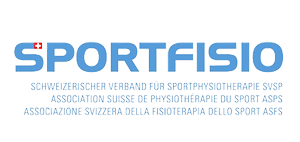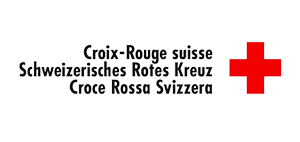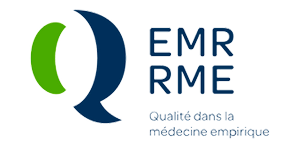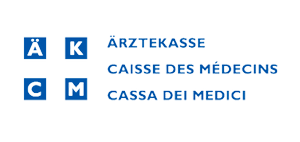"Cardiac rehabilitation is a multifactorial process aimed at promoting clinical stability, reducing disabilities resulting from cardiovascular diseases, and improving quality of life."

Over the last 40 years, there has been a profound shift in how cardiovascular diseases are approached, moving from a conservative method that avoided physical activity in patients with heart problems, to one that encourages physical activity as much as the patient's general condition and symptoms allow. Today, the positive effect of cardiac physiotherapy on quality of life is undeniable.
Cardiac Physiotherapy
Depending on the clinical case, it includes:
- Breathing exercises: Useful for restoring normal thoracic movement, improving coordination between inspiratory and expiratory muscles, and strengthening the thoraco-abdominal band. These exercises are performed using specialized tools to improve and clear the airways, and later with equipment such as bars, resistance bands, etc.
- Cycling or treadmill sessions: These are the most suitable exercises as they involve large muscle groups. However, physical activity must be done in a monitored setting, under the supervision of a therapist who ensures it is performed correctly according to a personalized program. The most suitable exercises for people with cardiovascular disease are aerobic exercises, which stimulate the cardio-respiratory system. These exercises should always be done cautiously, and it's advisable to use machines while monitoring heart rate with a heart rate monitor.
- Muscle strengthening and balance control: The goal of physical exercise is to enable the heart to perform a given workload with less energy expenditure. More work, less effort. This condition allows patients to "save" their heart, making it work less and helping them live longer.
- Calisthenics and muscle stretching: Calisthenics is bodyweight training, a type of motor activity that uses the weight of one's own body and gravity as resistance to improve joint range and capability and to develop muscle strength.
Who is it for?
Primary rehabilitation
This refers to prevention performed before cardiac damage occurs. It is recommended for those at higher risk of cardiac episodes due to age, lifestyle, or family history. In this way, risk factors can be significantly reduced.
Secondary rehabilitation
This is for those who have already experienced an acute cardiac event. After undergoing heart surgery, the patient must remain in intensive care until stable. They must then be followed in a specialized environment both to monitor for complications and to prevent recurrence.
The Individual Rehabilitation Plan is defined by the cardiologist, in collaboration with other professionals on the team (nurse, psychologist, physiotherapist, and dietitian), and is unique and personalized for each patient. Unfortunately, cardiovascular diseases often have disabling consequences for those affected, and rehabilitation treatment becomes essential to regain, as best as possible, the physical-motor abilities compromised by the acute phase of the disease.
